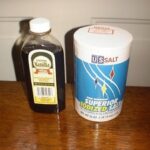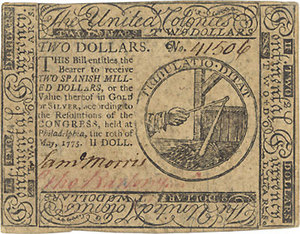As I write this article I am in absolute agony, and since they say that the key to writing is to write what you know about, this should be one humdinger of an article because at this very moment I am the world’s foremost expert in toothaches. At least from the perspective of suffering from one.
My current physical torment started seven years ago with a botched wisdom tooth extraction which left a good portion of tooth still in the back of my mouth. Over the years this dental remnant has pained me on occasion, but I have been able to keep it under control until about three days ago. Alanis Morissette sang a song about rain on your wedding day and ten thousand spoons when all you need is a knife, but she should have added getting a toothache on a Friday night to her list of life’s little tragedies since I now have to wait until Monday to see a dentist. How bad is the pain? Well, when you find yourself in your bathroom at 3am with a pair of needle-nose pliers attempting to extract your own tooth, you know you have reached a whole new level of discomfort.
Since the do-it-yourself extraction (which I do not recommend) did not work, I had to settle with your usual over-the-counter and home remedy measures. Here are the remedies I have tried out this weekend, and the results of each.
1. Aspirin. My tried-and-true method for treating minor tooth discomfort has been to suck on an uncoated aspirin tablet, so naturally this is the first thing I tried this weekend. Even though sucking on an aspirin works like a miracle for mild toothaches, it doesn’t quite cut the mustard for a toothache of this caliber.
2. Ice. Big mistake. Unless your idea of pain relief is feeling as though 10,000 volts of electricity have been directed onto your bad tooth.
3. Orajel. This product succeeded in numbing everything in my mouth except for the toothache. It was impossible to aim the nozzle on the tube onto the affected tooth, but I found a little bit of relief by applying the gel to a Q-tip and then swabbing it onto the bad tooth. Sadly, the relief only last about 2 minutes.
4. Yanking on the tooth with pliers. Surprisingly, this gave me more relief than the Orajel. Perhaps yanking on the tooth created some free space for the nerve, or maybe it slightly moved the tooth into a more comfortable position. However, much like the Orajel, the relief was temporary.
5. Anbesol. This seemed to work better than the Orajel. I don’t know why, because it’s pretty much the same ingredient. The numbing effect wasn’t as strong as the Orajel, but the relief (though minimal) lasted about twice as long.
6. Cloves. This home remedy was the the last thing I tried because I am not the kind of person who puts much stock in home remedies. However, sucking on a whole clove provided more relief than anything else I tried. The effect is much like that of Anbesol, but the relief lasted for close to an hour. Upon further research, it appears the chemical responsible is methyl salicylate (the same chemical that causes wintergreen Life Savers to ‘spark’ when crushed). Another benefit is that another chemical compound found in cloves, eugenol, is a powerful antiseptic. I also discovered that cloves make an extremely effective breath freshener.
After trying all of these remedies, I was very surprised by the results. The most expensive treatments, at around $8.00, were Orajel and Anbesol. While both products worked to a degree, they seem to have been designed for minor toothaches. The cloves, however, worked best of all, and even though I can’t remember how much I paid for them (they have been in my spice rack for about ten years), I’m sure it wasn’t much. Even though the cloves worked well, don’t get me wrong- I’m still looking forward to having this darned tooth pulled out by a professional dentist on Monday.





